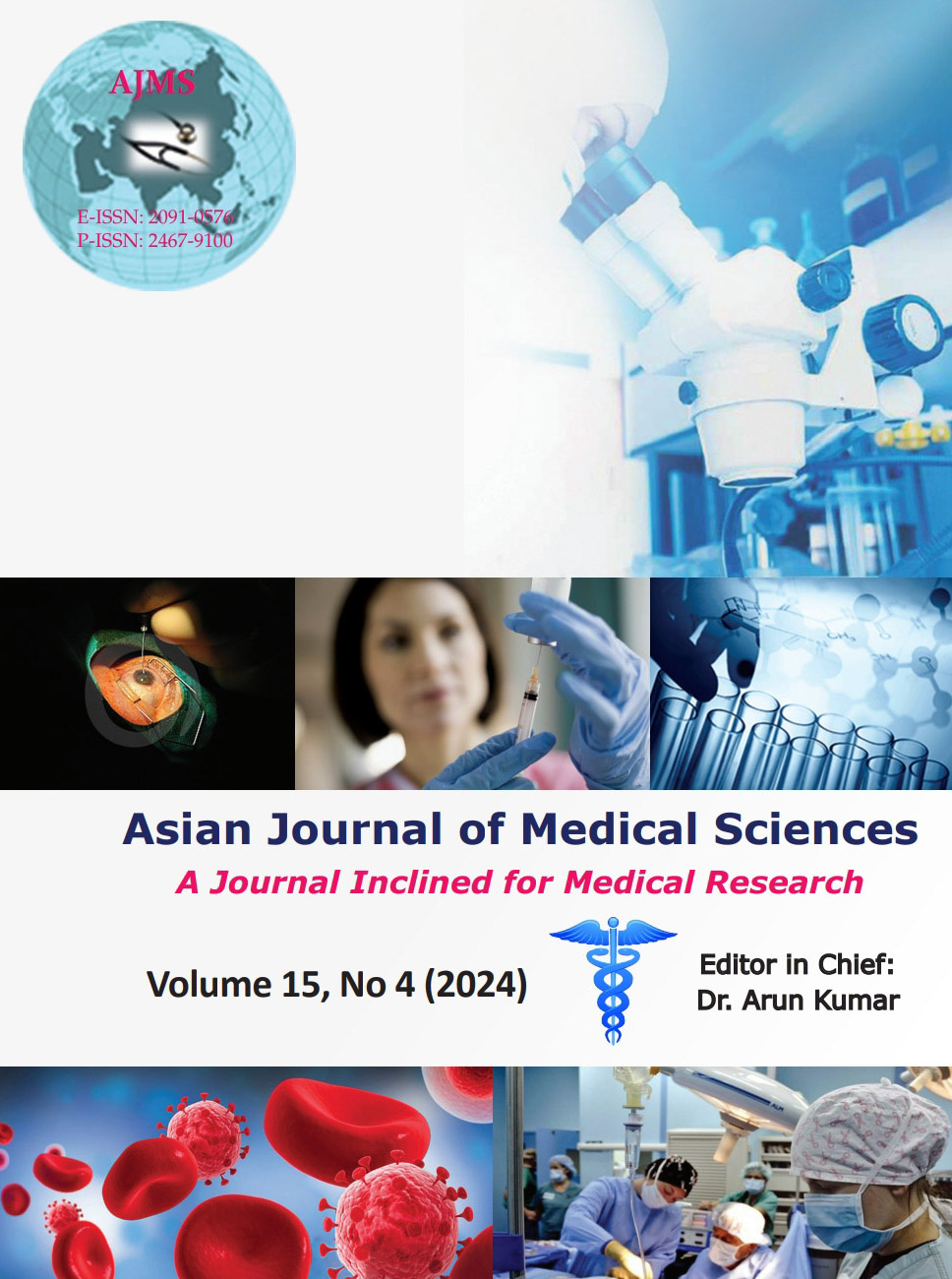Early experience with the use of Cissus quadrangularis and Dalbergia sissoo therapy on bone marrow edema and knee pain associated with degenerative medial compartment knee osteoarthritis
Keywords:
Bone marrow edema; Cissus quadrangularis; Dalbergia sissoo; OsteoarthritisAbstract
Background: Bone marrow edema (BME) refers to the accumulation of excess fluid in the bone marrow, often indicative of injury or inflammation. Some studies suggest that incorporating plant-based therapies, rich in anti-inflammatory compounds and nutrients, may contribute to alleviating BME and promoting overall bone health.
Aims and Objective: The study aims to evaluate the effect of Cissus quadrangularis and Dalbergia sissoo therapy on BME and knee pain associated with degenerative medial compartment knee osteoarthritis (OA).
Materials and Methods: This retrospective study examined seven individuals with medial tibial condyle BME associated with medial compartment OA. These patients were treated with initial 10 days of non-steroidal anti-inflammatory drugs along with once-a-day tablet containing C. quadrangularis (500 mg) and D. sissoo (400 mg). Visual analogue scores (VAS) and Oxford knee score (OKS) were noted at the beginning of the therapy and at 12 weeks of completion of therapy. Before treatment, BME (percentage of the medial tibial condyle) and presence/absence of subtle subchondral fracture were diagnosed with T2-weighted magnetic resonance imaging (MRI) images, and subsequently, its resolution was confirmed with a repeat MRI scan at 12 weeks.
Results: At the end of 12 weeks of therapy, there was a statistically significant improvement in the mean VAS score (baseline 8.14±0.90 improved to 2.00±0.58 at 12 weeks, [P<0.0001]), OKS (baseline 25.71±1.80 improved to 36.57±1.51 at 12 weeks, [P=0.0001]), and there was statistically significant decrease in mean BME (baseline 37.86±10.35% decreased to 14.29±4.50% at the end of 12 weeks, [P=0.0001]).
Conclusion: Our early experience shows that the combination therapy of C. quadrangularis + D. sissoo is effective in relief of pain, improvement in knee function, and resolution of BME associated with medial compartment knee OA. This combination is safe, effective, and well-tolerated by patients’ population.
Downloads
Downloads
Published
How to Cite
Issue
Section
License
Copyright (c) 2024 Asian Journal of Medical Sciences

This work is licensed under a Creative Commons Attribution-NonCommercial 4.0 International License.
Authors who publish with this journal agree to the following terms:
- The journal holds copyright and publishes the work under a Creative Commons CC-BY-NC license that permits use, distribution and reprduction in any medium, provided the original work is properly cited and is not used for commercial purposes. The journal should be recognised as the original publisher of this work.
- Authors are able to enter into separate, additional contractual arrangements for the non-exclusive distribution of the journal's published version of the work (e.g., post it to an institutional repository or publish it in a book), with an acknowledgement of its initial publication in this journal.
- Authors are permitted and encouraged to post their work online (e.g., in institutional repositories or on their website) prior to and during the submission process, as it can lead to productive exchanges, as well as earlier and greater citation of published work (See The Effect of Open Access).




